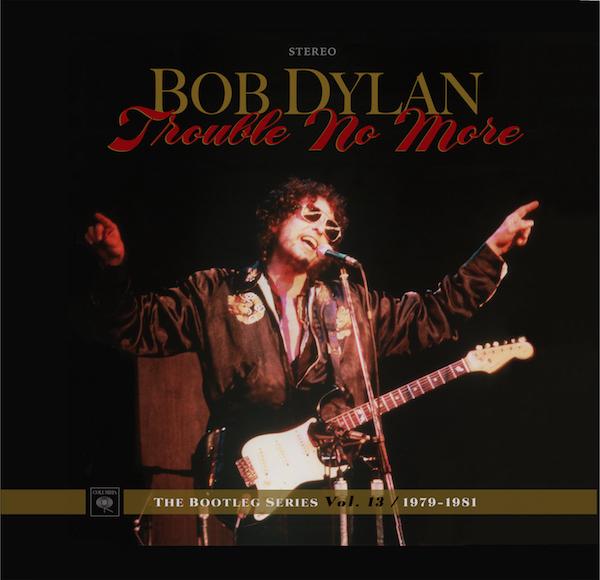By Oren Cass
November 10, 2017
Patricia Espinosa, Executive Secretary of the UN Framework Convention on Climate Change (UNFCCC), at podium, addressing the opening ceremony of the Bonn Climate Conference. Photo: UNFCCC
Good news is hard to find at this year’s United Nations climate conference in Bonn, Germany. Diplomats from nearly 200 countries have gathered to review progress made on the “historic” Paris climate accords, signed two years ago. But as the champagne-fueled self-congratulation of Paris recedes into memory, the agreement’s underlying fraud is becoming obvious.
In theory, international discussions, negotiations, and agreements on climate change aim to reduce global greenhouse-gas emissions and thus lessen the expected warming of the climate. In fact, the Paris accord does not even attempt to achieve this goal, except nominally. Instead, countries can pledge as much or as little climate action as they see fit, and no enforcement mechanism ensures that they deliver on their commitments. A country unhappy with its pledge can simply change it.
Operating in this framework, countries have pledged very little. Back in 2000, before all the clean-energy investments and cap-and-trade programs and carbon taxes and landmark international deals, the UN’s projection for emissions this century pointed toward a planetary warming of 3.4°C by 2100. On the eve of the Bonn summit, the UN acknowledged that, with all pledges, projected warming by 2100 still comes out to 3.2°C—and even that miniscule reduction in warming assumes compliance, which is in short supply. None of the major powers are on track to meet their pledges, and developing countries are failing to even get started. Angela Merkel, “climate chancellor” and host of this year’s conference, has been an outspoken critic of President Trump’s withdrawal from the Paris accord, but her own nation’s emissions are rising. Germany’s environmental ministry believes that the country will miss its targets badly and warns of “a disaster for Germany’s international reputation as a climate leader.”
None of this should be surprising, given what the Paris agreement actually contains, as opposed to how it was advertised. “This agreement is ambitious, with every nation setting and committing to their own specific targets,” President Obama said in 2015. That was then. Now, the New York Timesexplains, “many of the Paris pledges remain fairly opaque, and most nations have been vague on what specific policies they will take to meet them. There is no official mechanism for quantifying progress.”
In 2015, leaders signing the agreement felt confident that the momentum and good feeling of Paris would surmount the gaps between rhetoric and reality. The agreement, Obama said, “sends a powerful signal that the world is firmly committed to a low-carbon future,” which would help “unleash investment and innovation in clean energy at a scale we have never seen before.” But investors could read the agreement, too. Global clean-energy investment fell by 18 percent in 2016, the worst performance on record; in developing countries, the decline was 27 percent. And First World investment in Third World countries, considered critical to global progress, fell 26 percent.
Apparently, the plan is to continue with the aimless plodding. One goal for Bonn is to finalize the “rulebook” under which countries voluntarily comply (or not) with their voluntary pledges. Another is to “tee up a ‘facilitative dialogue’ scheduled to take place in 2018,” reports the Washington Post. “The facilitative dialogue will be a preliminary assessment . . . So, expect the Bonn negotiations to produce a consensus on the structure of this first critical step.” Should next year’s facilitative dialogue fail to achieve its goals—whatever those are—a “global stocktake” is already calendared for 2020.
But all is not lost: Syria is finally on board. The war-torn failed state, the only nation yet to sign the Paris agreement, announced this week that it would do so. “With Syria’s decision, the relentless commitment of the global community to deliver on Paris is more evident than ever,” crowed the World Resources Institute’s Paula Caballero. “The U.S.’s stark isolation should give Trump reason to reconsider.” ThinkProgress, a website affiliated with the Center for American Progress, declared that “a country in the midst of civil war is doing better on climate change than the United States.”
Syria made no pledge, but pledges don’t matter anyway. Bashar al-Assad obviously has no interest in tackling climate change or reducing Syria’s carbon footprint—unless cutting his citizens’ energy supply or decimating the population counts for credit. But he signed; he’s playing the game. And he provided an opportunity to criticize Donald Trump. Isn’t that, after all, what action on climate change is all about?
The UN exhibited the self-restraint not to tout its Syrian success, but it had to promote something. As meetings got underway this week, the top headline on its website read “Bonn Kids Sing and Act for the Planet.” Most of the conference participants aren’t children, but otherwise this sounds about right.


